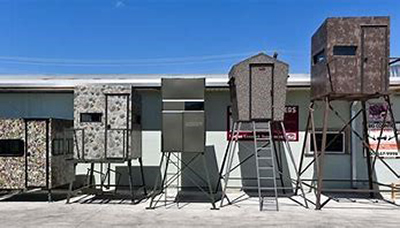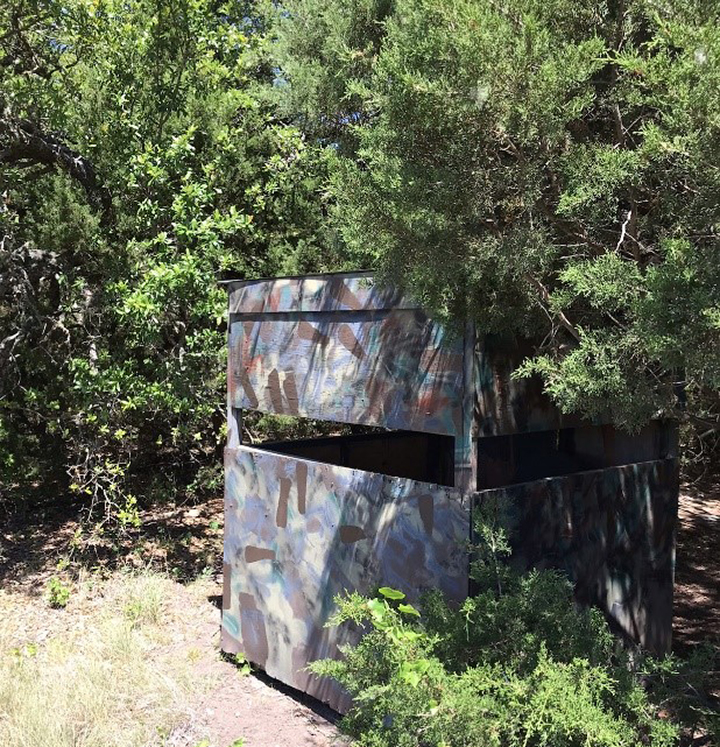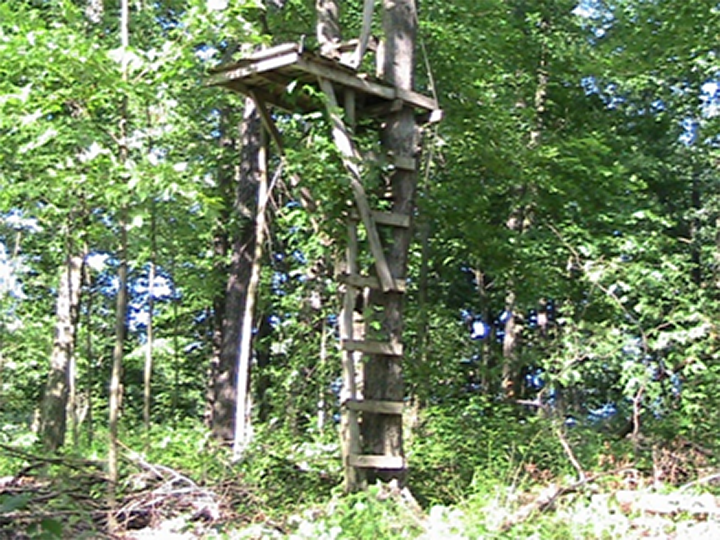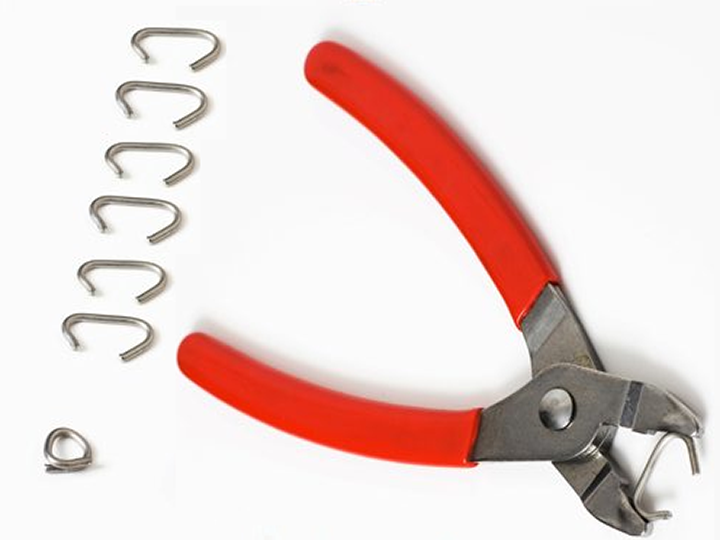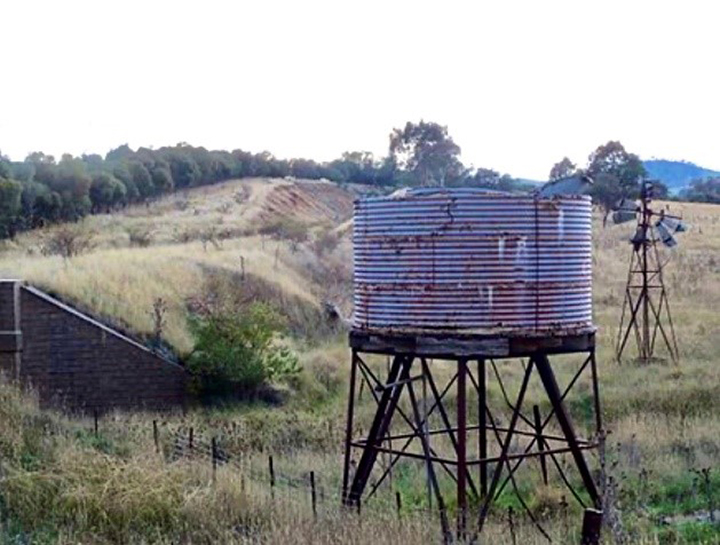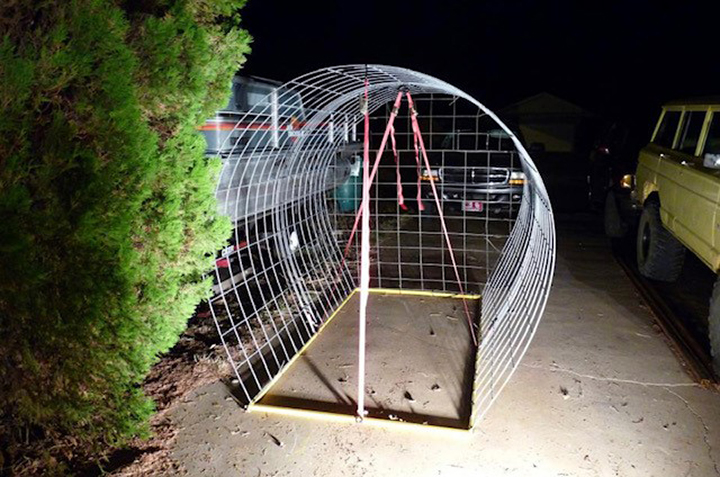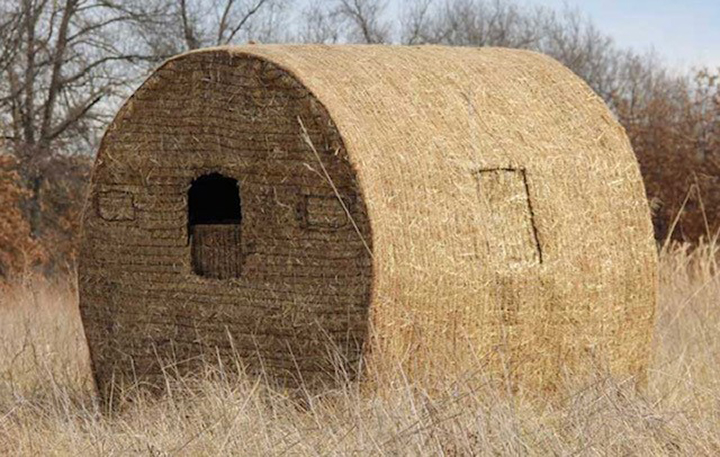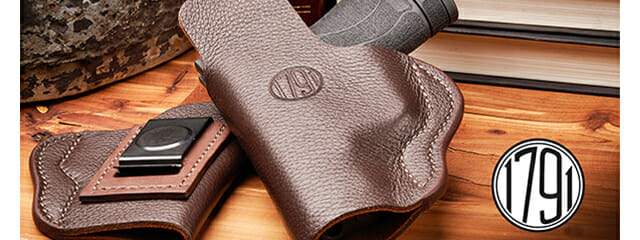Take Your Stand: Five Great Budget Deer Stand Ideas
All year long in Texas, feed stores, farm and ranch businesses, and even supermarkets display an array of deer blinds and stands in their parking lots. I call them deer stand neighborhoods. Some stands are elevated, some are not, but they’re all stout products, and they’re all pricey.
Every summer, I head to the family farm to do what we call “deer chores.” This means scorching hot days consisting of brush cutting, deer census counts, scouting, and hunting blind repairs. The latter takes up most of our time. That’s because, for years, we have clung to our old-school mentality of building new blinds and repairing old ones. The idea is to “just keep them going” – to stay ahead of the curve. If a wall is getting weak, we fix it. If we don’t build them ourselves, we buy cheap ones at farm and ranch auctions and improve them. While most of them aren’t fancy, they keep us warm and dry come deer season.
At the ranch, there are all kinds of leftover lumber, wire, fencing, and t-posts – not to mention old farm equipment (or parts of them). I call them “possibility piles.” If I come across a hay ring, I see the beginnings of an archery blind. If I come across an old cistern platform, I think of a blind platform. I once used an old satellite dish as a blind roof. You get the idea.
There are all kinds of deer blinds and tree stands disguised as old metal, wood, and plastic. You just have to recognize the possibilities when you come across them. When you do, your deer hunting habit gets a little more affordable. Here are a few good examples:
The Man in the Box
Box blinds are as American as apple pie. A country drive through many states will include sights of “shooting houses” on field edges and in woodlots. These days, brand new hard-sided blinds are expensive. You’ll pay a minimum of $1,000, and depending on features, they could exceed $5,000. Don’t get me wrong: most are well made and sport amenities that would make our grandfathers’ jaws drop. Still, we’re talking about sitting in a box.
Put in a few hours of sweat and ingenuity by making your own. I’ve made hunting blinds out of about everything imaginable, including used lumber, coroplast, PVC pipe, wooden pallets, and hay rings. The idea is to utilize as many available unused materials as you can before you ever think about purchasing the latest and greatest hunting chamber. Then, if needed, buy the remaining pieces for your homebrew masterpiece. This can result in a cost of less than $100, if not free.
Embark on the Retro
I’ve always loved coming across old abandoned tree stands. The rotted steps and platforms in trees remind me of hunting times past. These remnants are a great part of the deer hunting tradition. From childhood through early adulthood, we hunted from these makeshift perches within and atop oaks and other native trees. When you see a good spot to erect one, take a step back in time and do it.
Wooden tree stands worked decades ago and will work now. These are particularly ideal for bowhunting. Instead of purchasing a new climber, tripod, or lean-on stand, simply seek out good strong trees – the ones so inviting they seem to be tailor-made for fall hunting sessions. With a little planning, you can alter unused lumber for building steps and a platform. You can make it even better by using inexpensive screw-in steps and hooks for your bow and other accessories. Build these around known deer travel corridors and funnels, and you’ve got a mainstay alternative for whitetail hunting greatness for a few dollars and some sweat.
And the Panel Says
Stout, yet flexible, cattle panel is useful for many applications other than fencing. And you guessed it: they can get you well on your way to having one effective ground blind. They can form a sizable box footprint or bent for a circular one. Regardless of shape, they can be connected by any combination of fence clips, t-posts, or lumber. My favorite is to secure them around t-posts or u-posts with field wire or c-clips (used for cage and trap-building).
There are also ways to shape cattle panel like a haybale and, voila, you’ve got an effective (albeit discount) haybale blind.
Shooting holes can be made to your preference easily with nothing more than some quality wire or bolt cutters. Finally, they can be wrapped by camo material or black weed cloth. Add native brush with zip-ties, and you’re good to go.
Place these blinds within heavy brush or under a canopy of trees, and you’ve got a formidable ambush setup.
The Old Water Tank Platform
Most hunters like to get high. Well, you know what I mean. Anyone who has spent a fair amount of time on farms and ranches has seen water tank/cistern-type platforms. And if you can find an unused one, you’ve got one of the ultimate shortcuts to an elevated box blind, bow blind, or a simple observation stand. These old platforms are made from metal or wood. If the latter is true, simply make sure it’s still sturdy, adding reinforcement as needed. Though the larger ones can be heavy, it’s nothing a tractor or large flatbed trailer can’t handle for moving them to desired hunting locations. Elevating on the cheap. I like this.
It Has a Ring to It
Bowhunters love any setup spacious enough to easily draw their bow. Hay rings represent the start of the ideal ground blind. In fact, with a little planning, half the work is already done for you. The ring can be topped with bowed PVC pipe or cattle or hog panel. If the fit is right, you can even stack one on top of the other. Like livestock panel blinds, the hay ring blind shell can be connected with fence clips and wire, then skinned with burlap, weed or camo cloth, or an old tarp. The result is a spacious and effective ground blind for both gun and bow.
Time to Bale
Hay bale-shaped hunting blinds have become quite popular over the last decade – and what’s not to like? They emulate a real hay bale common on farms and ranches across the country. This means they can be placed around cover or even in the middle of fields. While retail hay bale blinds are available, they can be created for much cheaper.
While the shell can be carefully crafted via curved woodcuts, these gems can be more easily created using bowed cattle panel or PVC pipe, then covered with everything from light-colored cloth or burlap to actual hay. Perhaps the best attribute of the design is the roominess it affords.
Conclusion
Old wood, metal, cloth, tar paper, plastic piping and fittings, fencing – what do they all have in common? For one, most of us have some combination of them at our disposal. And they can save precious dollars for hunters in a world of high-priced equipment. Marry them up with zip-ties, wire, and fence and cage clips, and you’re in business. The level of craftsmanship, aesthetics, and amenities is up to you.
Look around, utilize what you have, and experience the gratification of spending pennies on the dollar (if anything) on your hunting setups for this coming fall. It’s just a matter of a little thought, sweat, and creativity.
Based in Texas, Jerald Kopp is President of 1st Light Hunting Journal. His articles cover a variety of topics about hunting and the outdoor lifestyle. Jerald is an avid outdoorsman with deer hunting and whitetails being by far his greatest passion. He was introduced to hunting and fishing at an early age and has been enjoying it for 40+ years. In 2005, he established the Empowerment Outfitter Network (EON) – a faith-based non-profit organization that provides hunting opportunities for disabled and terminally-ill children and youth. When not hunting, he spends his time traveling and enjoying life with Amy, his wife of over 30 years. Jerald and Amy have two adult daughters and a son-in-law.


